Kingdom Plantae Clade Monocots Family Asphodelaceae Rank Species | Clade Angiosperms Order Asparagales Subfamily Asphodeloideae | |
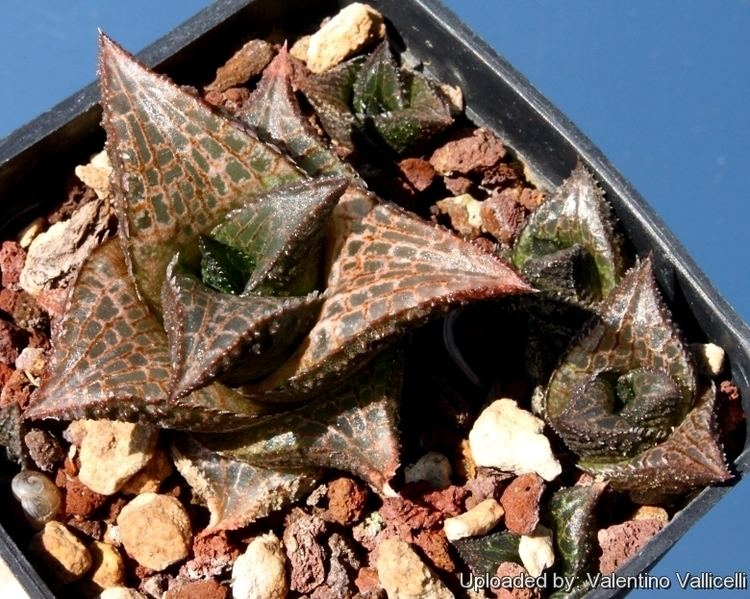 | ||
Similar Haworthia viscosa, Haworthia limifolia, Haworthia reinwardtii, Haworthia retusa, Haworthia cymbiformis | ||
Haworthia venosa is a species of flowering plant in the genus Haworthia belonging to the family Asphodelaceae, native to Namibia and South Africa.
Contents
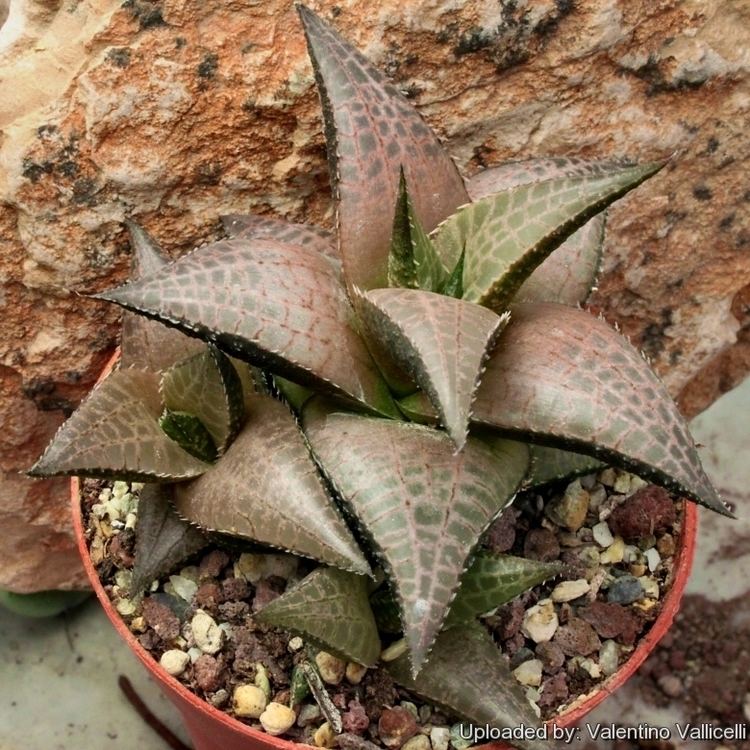
Naming and taxonomy
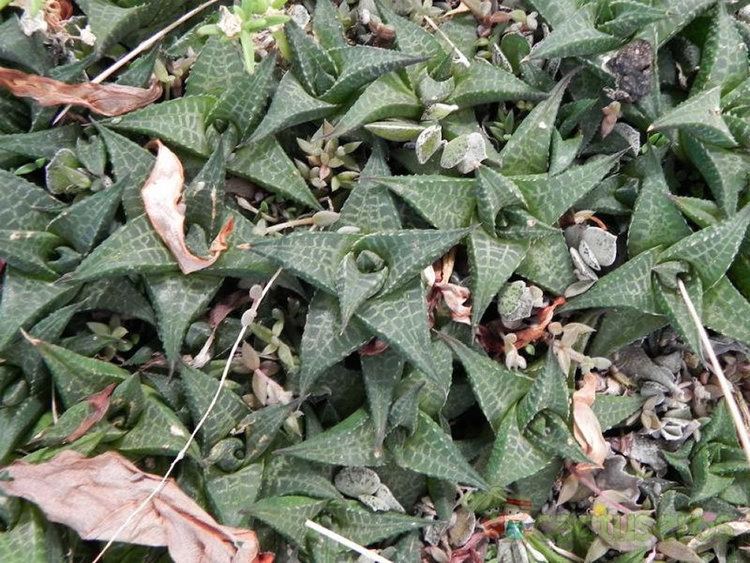
The genus name Haworthia honors the British botanist Adrian Hardy Haworth (1767–1833), while the species name venosa means "veined”.

Within the genus Haworthia, the species forms part of the subgenus Hexangulares. More specifically, it falls within section Venosae (together with its close relatives, Haworthia limifolia, Haworthia koelmaniorum and Haworthia woolleyi).
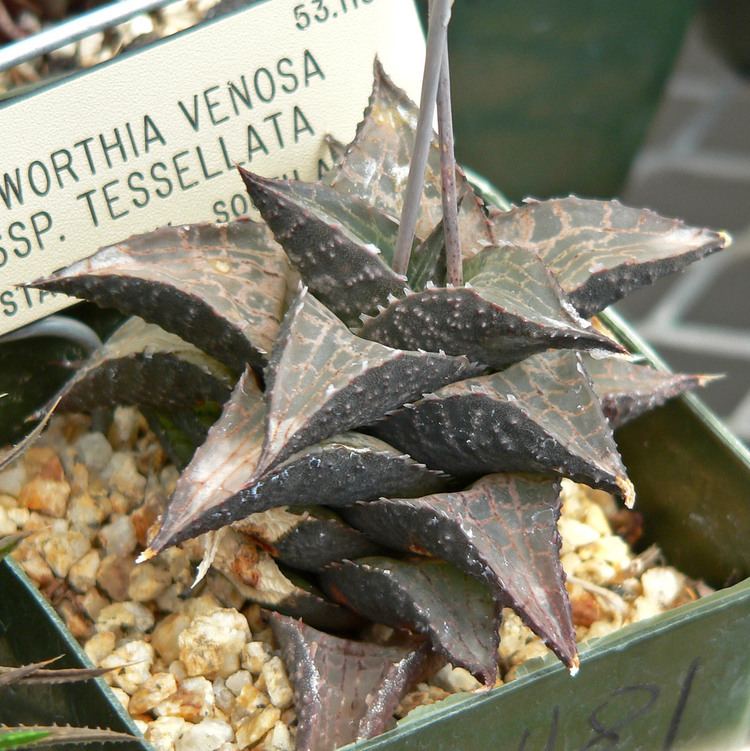
Recent phylogenetic studies have demonstrated that subgenus Hexangulares is actually relatively unrelated to other Haworthias (being more closely related to Gasterias. It will therefore comprise a new, separate genus, Haworthiopsis, and this species will accordingly become "Haworthiopsis venosa".
Subspecies
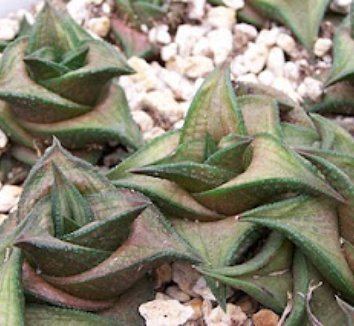
Depending on the authority, these are either considered subspecies of venosa, or as independent (but closely related) species in their own right:
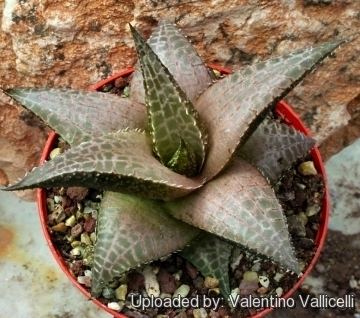
H. venosa subsp. tessellata is the form most popular in cultivation, due to its attractive, splayed, compact leaves. It has also gained the Royal Horticultural Society's Award of Garden Merit.
Description
It is a mat-forming succulent evergreen perennial reaching 8–60 cm (3–24 in) in height. Stemless rosettes of 12-15 fleshy, triangular, lanceolate, dark green leaves show a few pale green lines along the upper surfaces and small teeth along the margins.
In spring (November to December) it bears 15 cm (6 in) long stems of green-white, tubular flowers in racemes.
Distribution
This species occurs over a large area, from the inland Karoo and Namibia to as far south as the norther part of the Breede River valley. Here it occurs on rocky slopes.
Cultivation
In cultivation it requires a minimum temperature of 10 °C (50 °F), so is grown under glass in temperate locations.
